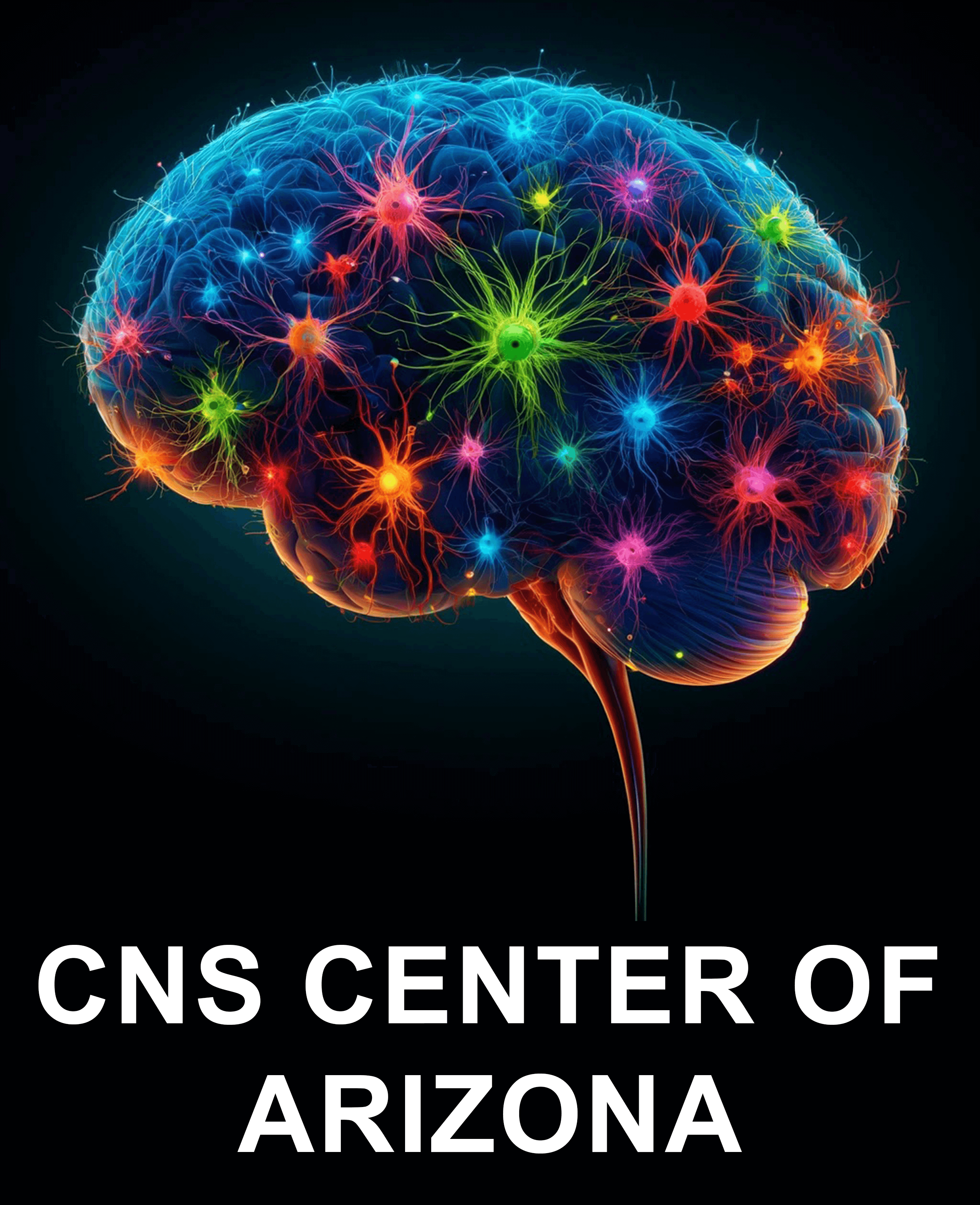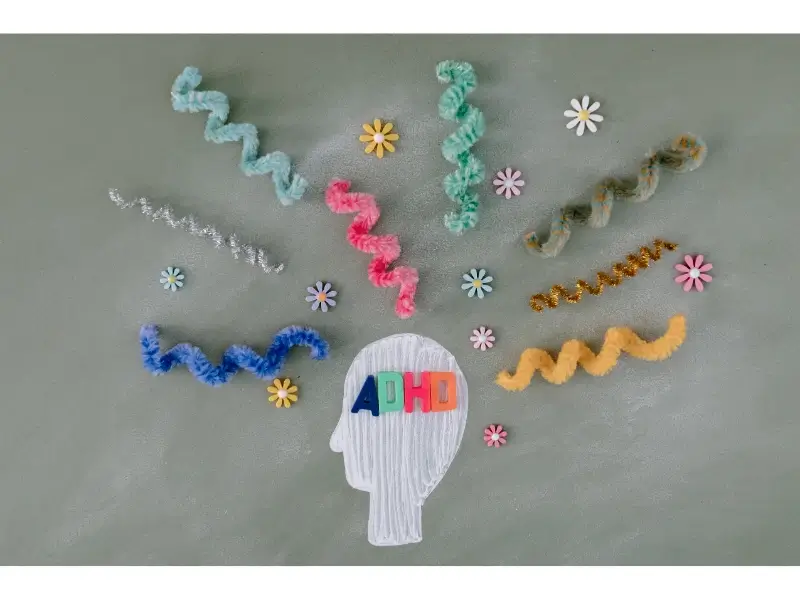
Bipolar disorder is a serious mental health condition that significantly impacts how a person thinks, feels, and behaves.
Many live their lives undiagnosed from it, and often experience extreme discrimination and stigma from the people around them, including medical professionals.
It is characterized by extreme mood swings, from manic or hypomanic episodes to deep depression, all of which are symptoms of Bipolar I and II.
These shifts are more than just temporary changes and can interfere with everyday life.
It is important to be educated about the symptoms of bipolar disorder for early intervention and effective treatment.
CNS Center Arizona is here to offer support and guide you through finding the right options that fit your situation.
What Is Bipolar Disorder?
Bipolar disorder is a mental health condition that causes extreme shifts in mood, energy, and behavior.
These mood swings can range from the high of mania or hypomania to the low of depression.
The exact cause of bipolar disorder is not fully understood, but is believed to involve a combination of genetics, environment, and altered brain function.
There are two main types of bipolar disorder: Bipolar I and Bipolar II.
Each type has its unique symptoms, but both can significantly affect your daily life.
Understanding Bipolar I Disorder
Bipolar I disorder is defined by manic episodes that last at least seven days or require hospitalization.
During these episodes, people may feel overly energetic, talkative, and impulsive.
These extreme behaviors can have serious consequences, such as reckless spending, unsafe decisions, and a lack of concern for personal safety.
Mania is a key symptom of Bipolar I, but people with this condition also experience depressive episodes.
This may leave them feeling hopeless, tired, and unable to complete everyday tasks.
Understanding Bipolar II Disorder
Bipolar II disorder involves hypomanic episodes, which are similar to mania but less intense.
These episodes can cause increased energy, impulsiveness, and racing thoughts, though they tend to have less impact on daily life.
Unlike Bipolar I, people with Bipolar II don’t experience extreme manic episodes.
However, the depressive episodes can be just as severe, causing significant emotional distress and difficulty with daily tasks.
Key Symptoms of Bipolar I and II

Manic Episodes: Symptoms and Warning Signs
Manic episodes are more severe in Bipolar I disorder but can also occur in Bipolar II.
They are marked by an abnormal increase in energy, focus, and activity.
Some of the most common symptoms include:
- Increased Energy – A sudden boost in energy that makes you feel like you can take on anything, even tasks that would normally be too much.
- Racing Thoughts – You may have so many thoughts at once that it’s hard to keep up, making it difficult to focus or finish tasks.
- Impulsivity and Risk-Taking – Feeling invincible and engaging in reckless behaviors, such as spending money you don’t have or making big life decisions without thinking them through.
- Decreased Need for Sleep: A sense of being energized even after only a few hours of sleep.
In Bipolar I, these symptoms can be severe enough to interfere with your ability to function at work or home.
If left untreated, they can lead to dangerous decisions and actions.
Hypomanic Episodes: Symptoms and Warning Signs
In Bipolar II, hypomanic episodes are milder than mania but still represent a noticeable shift from your usual self.
According to the Diagnostic and Statistical Manual of Mental Disorders (DSM-5), some common symptoms include:
- Increased Productivity – You may feel like you can accomplish tasks much faster than usual and take on extra work, sometimes to the point of overcommitting.
- Raised Mood – You may feel unusually happy, energetic, or even euphoric. However, these feelings may be unstable and change quickly.
- Increased Sociability – A desire to engage with others more than usual, possibly leading to risky social behaviors.
Depressive Episodes in Bipolar I and II
Both Bipolar I and II are also marked by depressive episodes, which can be just as impactful as the manic or hypomanic episodes.
Symptoms of depression include:
- Extreme Sadness or Hopelessness – Feeling overwhelmed by sadness or an inability to see a way forward.
- Fatigue – A lack of energy, even after a good night’s rest, making it hard to get out of bed or complete daily tasks.
- Loss of Interest – Losing interest in things that once brought you joy or fulfillment, such as hobbies, socializing, or work.
- Difficulty Concentrating – A foggy feeling in your mind, where it’s hard to focus on anything for more than a few minutes.
The severity of these episodes can vary, but they are a key part of both Bipolar I and II.
When Should You Seek Help?
If you or someone you know is showing signs of Bipolar I or II disorder, it’s important to seek help sooner rather than later.
These mood swings can affect every area of your life, including relationships, work, and overall well-being.
Early intervention can lead to better treatment outcomes and prevent further complications.
Recognizing the Signs of a Manic Episode
If you notice a sudden increase in energy, impulsivity, or risky behavior that lasts for days, it might be a sign of a manic episode.
These symptoms may feel exciting or productive at first, but they can lead to long-term consequences if not addressed.
If you’re experiencing racing thoughts, making impulsive decisions, or feeling unusually irritable, it may be time to talk to a mental health professional.
Understanding Depressive Episodes
Depressive episodes are often harder to recognize because they may seem like just a “bad day” or a period of sadness.
However, if the sadness persists for weeks and begins to interfere with your daily life, it’s crucial to seek help.
Feeling hopeless or detached from the world around you is not something you should have to deal with alone.
You can reach out to a mental health provider such as CNS Center Arizona to help you in figuring these feelings.
Bipolar Treatment Options

Managing Bipolar I and II disorders often requires a combination of medication and therapy.
Treatment options will vary depending on the type of bipolar disorder, the severity of symptoms, and your personal preferences.
Medication for Bipolar Disorder
Medications play a significant role in managing both the manic and depressive episodes of bipolar disorder.
Some of the most commonly prescribed medications include:
- Mood Stabilizers – Medications like lithium can help reduce the intensity and frequency of manic episodes.
- Antipsychotics – These can help manage symptoms of mania and mood swings.
- Antidepressants – These are used cautiously to treat depressive episodes, though they are often paired with mood stabilizers to prevent triggering a manic episode.
CNS Center Arizona’s psychiatrists can help find the right medication for you, considering your symptoms and medical history.
Therapy for Bipolar Disorder
In addition to medication, therapy can be an essential part of managing bipolar disorder.
Cognitive-behavioral therapy (CBT) and other forms of therapy can help you understand the triggers of your mood swings and develop coping strategies.
Therapy can also help you navigate the emotional challenges that come with living with bipolar disorder.
When Should You Reach Out to CNS Center Arizona?
If you or someone you know is struggling with these symptoms, consider getting professional help at CNS Center Arizona.
We understand how overwhelming Bipolar I and II symptoms can be.
We offer a range of treatment options to help manage bipolar disorder, including medication management and therapy.
Our psychiatrists are here to support you in finding the best treatment plan for your needs.
Don’t wait – get in touch with us now.






